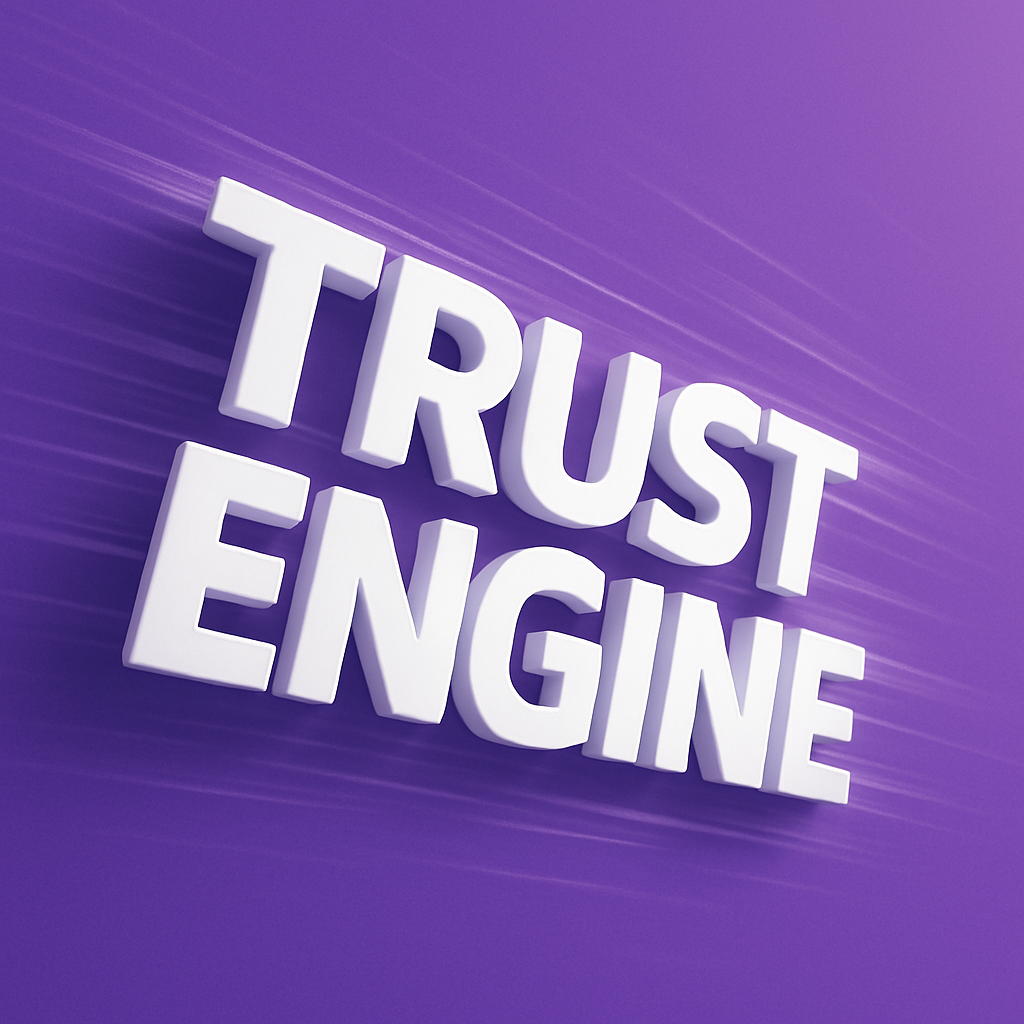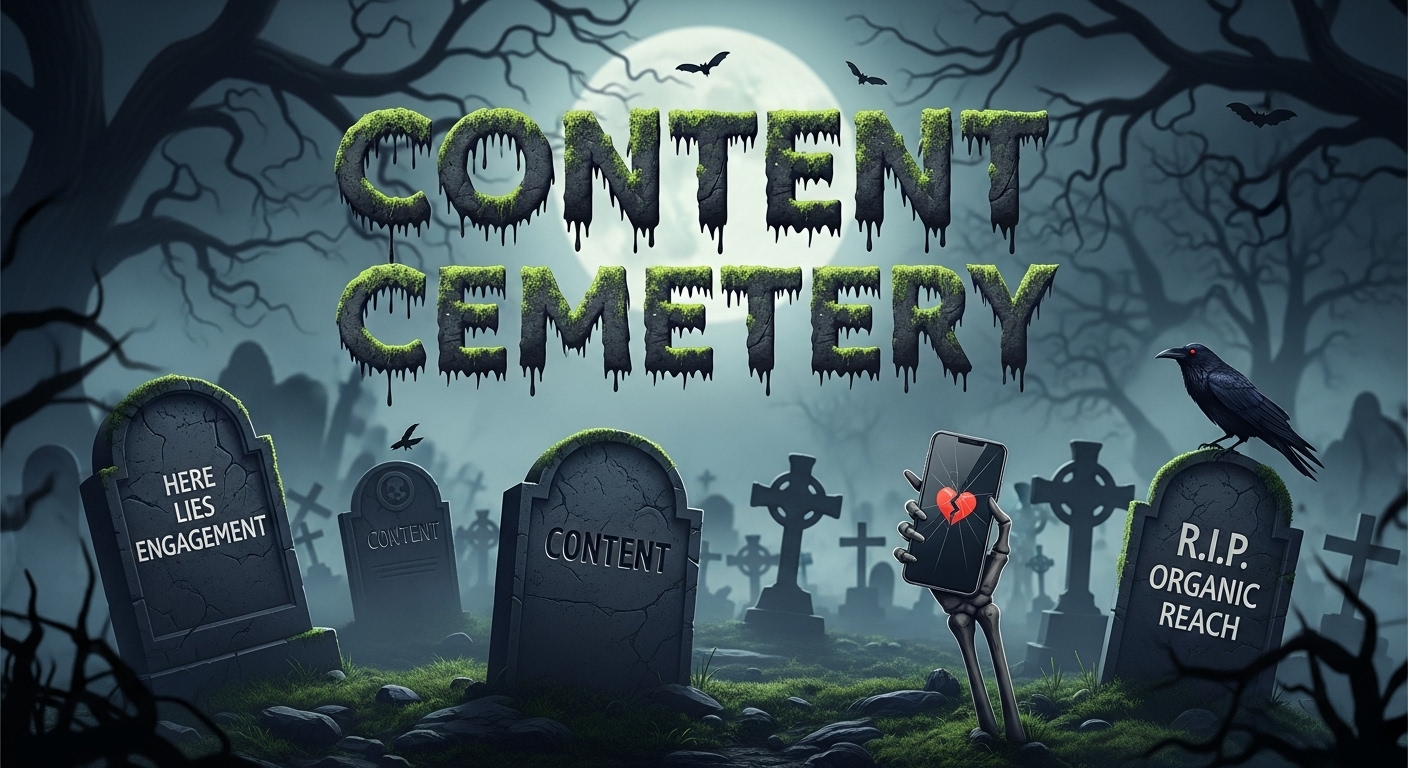
Does Your Brand Have Too Much Content?

At Knotch, we hear from marketing and content leaders every week that they need to scale their content output – for new channels, for more organic search traffic, for campaigns, for thought leadership, for personalization engines, for new journey stages, for regions, countries, markets.
On one level, this is good news for content teams because marketing and brand leaders mostly agree that content is the bridge that connects a brand to its audience. In our view, content is not “king” in Bill Gates quote from 1996. It is the “currency” that connects audiences’ needs with business priorities. High performing, good content builds an audience, engages that audience, builds brands and moves the audience along the journey to become loyal customers.
When content is the currency of marketing it’s easy to think that having more content is better. However, there’s a delicate balance between creating the right amount of good content that meets business outcomes, and over producing content that does not meet any business outcomes. When out of balance, content becomes merely an expense to the business, with opportunity costs to reckon with as well.
Said another way, not all content is good for business.
The Unexpected Truth About Content
Knotch recently analyzed performance metrics for 20,000 content pieces from companies in various sectors including banking, real estate, travel, automotive and technology.
We found that 58% of content provides no value to the audience, and 78% of content is ineffective at driving conversions. This suggests that much of the content produced is, at best, merely background noise. Let’s dig into this:
Through the use of Knotch’s survey cards, that get 1-3% response rate, and live on over 20,000 content pages across various sectors, we found that 30% of content had a negative impact on brand sentiment, while 28% made no noticeable impression on audiences. So 58% of content provides no value to the audience, or worse.
Knotch also tracks all website journeys for many companies across the same group of sectors. Knotch collects all audience journey data across multiple sessions for as long as needed.
For January 1–July 31, 2024, we tracked audience journeys from any referral channel leading to any defined conversion. And then we counted the number of pages that had any involvement in journeys leading to conversion, either at the beginning, middle or end of the journeys.
What we found was only 22% of pages are involved in a journey leading to conversion, and that 78% of pages had no role in any journey leading to a conversion.

When marketing leaders hear this, it forces a clear decision between two paths.
Do you keep creating content knowing that 58 – 78% of the effort to create and promote the content is not valued by your audience and hurting conversion objectives?
Or do you assess the content you already have to understand what is driving performance and what is not, so you focus on performance – outcomes not output, quality not quantity?
Most marketing leaders do not know what content they even have. Establishing an ongoing content audit is a way to improve affairs.
We heard that one bank audited its content output across all of its business units and decentralized content teams, and discovered that it created the same piece of content on average 8x. Because nobody in the business units had visibility into what content already exists.
We heard a company in the technology arena identified thousands of PDFs that did not have a single download.
Think what can be done to raise content quality from reducing this wastage. Clearly we do not need more content. We need to find our existing high quality content, understand its characteristics that make it high performing and then repeat
How do you move your content operation to an outcome, quality focus, over an output and quantity alternative?
1. Establish Clear Objective and KPIs that Align with Business Outcomes
Define clear, measurable objectives that align content efforts with business outcomes rather than sheer volume. This ensures that content creation is driven by the potential to deliver real value, such as increased customer engagement, higher conversion rates, and improved brand perception.
- How:
- Set specific KPIs tied to business objectives (e.g., lead generation, customer retention, brand awareness).
- Resist developing content that does not align to the objective.
- Use data analytics to track the performance of content against these KPIs.
- Create an improvement or retirement plan for content that is underperforming
- Create an audience growth plan for content that is overperforming.

2. Foster a Quality-First Culture
Cultivate a culture within the marketing team that prioritizes high-quality content over high-quantity content. Remember 78% of all new content is likely to have no role in conversion.
Be clear what quality means in this context. Quality is not subjective. We believe quality is based on content’s ability to meet its defined objective. Period.
A focus on quality ensures that the content produced is more likely to resonate with the audience, driving better engagement and achieving business goals.
- How:
- Examine high quality content to understand its characteristics that leads to this high performance. The characteristics could include the theme, topic, type, audience source, design elements and length.
- Examine low quality content to do the same
- Then recognize and reward team members who produce high-quality content that is recycled across the broader organization.
3. Implement a Robust Content Strategy and Governance Framework
Develop and enforce a comprehensive content strategy and governance framework to guide content creation and distribution. A well-defined strategy ensures consistency, relevance, and alignment with business goals, while governance ensures accountability and quality control.
- How:
- Create a detailed content strategy document that outlines target audiences, key messaging, content types, distribution channels, and editorial guidelines.
- Establish a content governance structure with clear roles, responsibilities, and workflows. Approach content governance with the same discipline that your business protects its brand identity.
- Use editorial calendars and content management tools to streamline the planning, production, and review processes to allow more time to focus on quality and less on process
By focusing on these three key areas, a CMO can successfully transition their content operation towards an outcome and quality-driven approach, leading to more meaningful and effective content marketing efforts.
Published 11/07/2024
Become a thought leader
Become a thought leader
Trusted by the largest (and now smartest) brands in the world.
“Before Knotch we did not understand what content was driving business results. Now we understand which content moves the needle. Knotch’s cohesive reporting and insights paint a real picture of what’s happening on our website instead of the patchwork quilt that comes from a Google Analytics approach. With Knotch we have been able to re-prioritize ad spend, route better leads to our SDR team, and inform our content development initiatives.”

"The Knotch platform ensures that we deliver high-performing content tailored to young home shoppers, enhancing their experience and driving better business outcomes.”

"Our partnership with Knotch has been highly successful, empowering us to leverage data-driven insights and refine our content strategy.”









